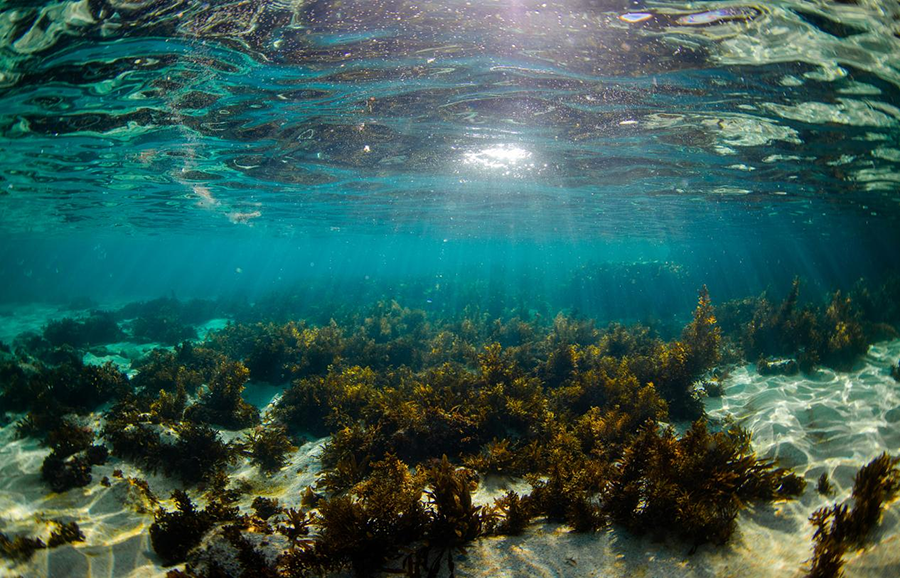Seaweed is a diverse group of marine plants and algae that thrive in ocean waters around the world. This vital component of marine ecosystems comes in various forms, including red, green, and brown algae, each with unique characteristics and nutritional properties. Seaweed plays a crucial role in oceanic environments, providing habitat and food for numerous marine species while also contributing to carbon fixation and oxygen production. Rich in vitamins, minerals, and antioxidants, seaweed is celebrated not just for its ecological importance, but also for its nutritional benefits, making it a popular ingredient in culinary traditions, particularly in Asian cuisines, especially in sushi. In this article, we’ll look at the different types of seaweed, identify which type is suitable for sushi nori, examine where it is primarily grown, and explore why Chinese sushi nori is considered one of the best.

Types of Seaweed
Seaweed is categorized into three main groups based on its color: green, brown, and red.
1. Green Seaweed (Chlorophyta): This type includes species like sea lettuce (Ulva lactuca) and Spirulina. Green seaweeds are usually found in shallow waters where sunlight penetrates easily. They're often used in salads and smoothies due to their vibrant color and nutritional benefits.
2. Brown Seaweed (Phaeophyceae):Common examples include kelp and wakame. Brown seaweeds typically thrive in cooler waters and are rich in essential nutrients such as iodine. They are often used in soups, salads, and as flavor enhancers in various dishes.
3. Red Seaweed (Rhodophyta): This group includes types like dulse and, importantly, nori. Red seaweeds are known for their unique textures and flavors, and they grow in deeper ocean waters. They are commonly used in Asian cuisine, especially for sushi.
Sushi nori, the seaweed used to wrap sushi rolls, specifically belongs to the red seaweed category.The most common species used for sushi nori is Porphyra, with the types Porphyra yezoensis and Porphyra umbilicalis being the most popular. Porphyra is a genus of red algae that belongs to the Rhodophyta phylum. All species in the Porphyra genus share the unique characteristics and ecological roles of red algae, making them vital components of marine ecosystems and important for human culinary practices. These species are favored for their thin, pliable texture and mild, slightly salty flavor, which complement the taste of sushi rice, fish, and vegetables.
The primary growing areas for sushi nori are in coastal waters of Japan, South Korea, and China. In these regions, the conditions are ideal for cultivating Porphyra.

4. Strict Quality Standards: Chinese nori producers adhere to rigorous quality control measures throughout the cultivation and processing phases. This focus on quality ensures that the final product is safe, fresh, and meets high culinary standards.
5. Affordability and Availability: With extensive farming operations, Chinese nori is widely available and often more affordable than nori from other regions, making it accessible to sushi restaurants and home cooks alike.
Conclusion
Seaweed is an essential part of many diets and culinary traditions worldwide, especially sushi. Sushi nori, derived from red seaweed like Porphyra, is an integral component of this beloved dish. The high-quality nori produced in China, thanks to optimal growing conditions, traditional farming methods, and strict quality controls, makes it a top choice for chefs and home cooks. Next time you enjoy sushi, you can appreciate not just the flavors but the journey and care that went into producing that delicious nori wrap.
Contact
Beijing Shipuller Co., Ltd.
WhatsApp: +86 136 8369 2063
Post time: Nov-29-2024